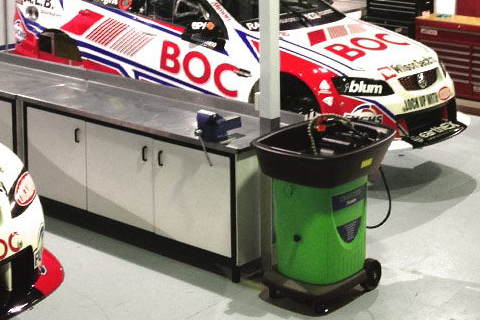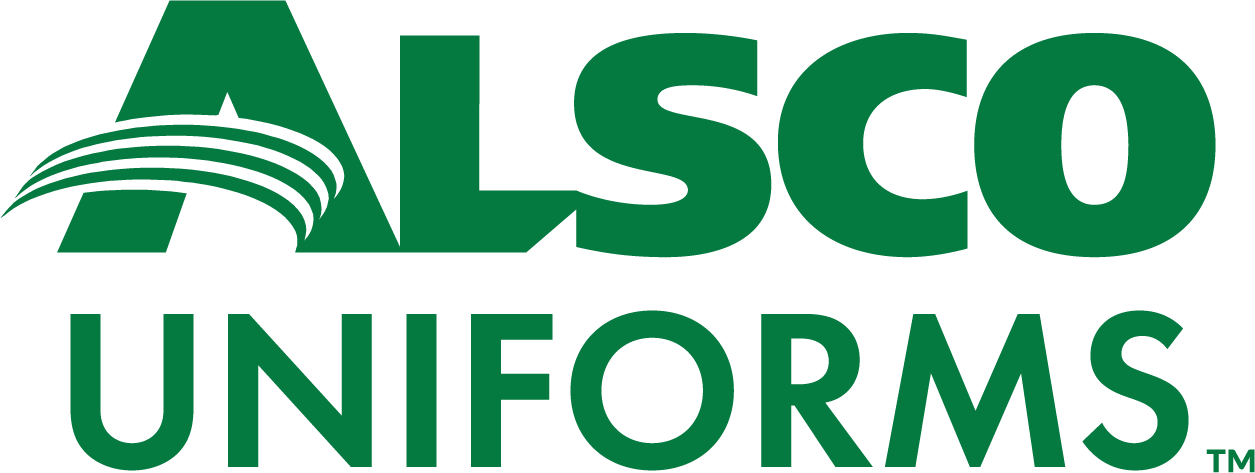
In today’s climate, cleanliness and hygiene have to go hand in hand with ensuring an environmentally sustainable and effective solution when it comes to cleaning.
One technology that has been available for many years is “microfibre” technology, which has become a byword for green, sustainable, and hygienic cleaning. However, you still need to ask the question – what are the ancillary products you are using with your microfibre cloth? And what quality of product do you have in your business – how clean is it, really?
It’s important to remember that there remain many myths and beliefs not backed by facts when it comes to green cleaning solutions. For instance, many people still use chemicals even with a system designed to be used without chemicals. At the other end of the spectrum, you get what you pay for – and selecting the cheapest provider with an inferior product won’t give you a better result with your cleaning solution that it will in any other walk of life.
So let’s start at the beginning.
What’s so hygienic and sustainable about Microfibre, and does it work without chemicals?
First of all, let’s start with the whole point of this technology from a green point of view. Good quality microfibre cloth is designed to be used without normal chemicals, to reduce the health and toxicity risk both to staff and customers, as well as to the environment. Obviously this does still depend on the quality of the product – poor quality cloths from low value providers will decay and deteriorate swiftly, and will then need to be disposed of.
So, how can we measure the success of a good quality microfibre cleaning system? Amongst the health, hygiene and environmental benefits are:
- Lasting at least 500 washes
- Reducing water-use, packaging waste and transportation
- Using chemicals in the manufacturing and laundering stages only
- Preventing skin irritations and respiratory problems
- Removing surface contamination and preventing it from spreading while cleaning.
- Lighter and more easy to use, strains for users should be lower
But, again, you do get what you pay for. Cheap products are likely to be lower value, and will fail to provide the environmentally friendly and hygienic cleaning solution you are seeking. As Rob Gordon, the environmental services manager who implemented microfibre technology at St Vincent’s Health Australia in Darlinghurst (Sydney), points out; “Microfibre out-performs any other cloth on the market, but it comes down to the quality you buy.”
Gordon also carefully controls the whole cleaning process: its supply, storage, training, handling, testing and maintenance. If we look at this as a cleaning life cycle, the manner in which you can consistently experience high quality cleaning hygienically and in a sustainable low impact way, you then need to ask your second question.
How do you manage change, and deal with the cost?
Much as you would not expect your 1996 Skoda to outperform a brand new Maserati in a speed or engine test, you would not expect the cheapest product on the market to compare to the performance of professional grade hygienic microfibre equipment. It is true that Microfibre equipment at this level can cost up to ten times as much as cheaper options.
When asked about this, Rob Gordon pointed out, these upfront costs become negated over time for a number of reasons. This includes the benefit of hygienic but extended durability, reduced expenditure on chemical purchase, storage, and disposal. In addition, if you conduct regular monitoring through extensive internal testing, professional grade microfibre products tools perform at peak for an average one and a half to two years, and are then transferred to administrative offices, thus extending its life-span.
Now, obviously this can vary from industry to industry. When used in an Aged Care setting, the application of microfibre cloths is largely restricted to environmental cleaning applications. However, with the addition of anti-bacterial nano-silver, disposable microfibre and/or steam equipment, microfibre methodologies are being tested successfully in some hospital clinical areas and infectious rooms, and anti bacterial cleaning through these services will only help to provide a safer, more hygienic and cleaner environment for staff and customers in all industries.
When you are considering this as a solution, though, as with so many other products and services that you can obtain, if you fail in training, you will fail. Not training your facilities or contract cleaning staff in how to use them will likely mean they will continue to “trust what they know “ – ultimately continuing to use chemicals, which negates the benefits you were hoping to achieve as well as destroying the professional microfibre products you have procured for the reason. The biggest success factor is the provision of a managed laundry service to ensure that your product is cleaned effectively, and to a high standard, in a way that provides sustainable hygiene and benefit.
Keeping your workplace clean and green is easier than you think as greener cleaning alternatives are available like Microfiber Mops and Ecosafe Parts Washer. No need to use harmful chemicals. Switch to safer and more economical cleaning! Learn more.
